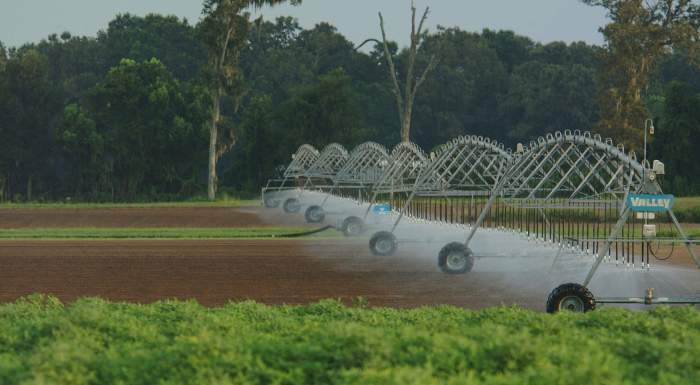What is the greatest challenge facing FFA and agriculture education? This question has been on the minds of many educators, policymakers, and industry leaders for years. As the world changes, so too must the way we prepare our students for careers in agriculture.
In this article, we will explore the challenges facing FFA and agriculture education and discuss some potential solutions.
One of the biggest challenges facing FFA and agriculture education is declining interest in agriculture. This is due in part to the urbanization of our society and the increasing popularity of other career paths. As a result, fewer students are enrolling in FFA and agriculture education programs.
This is a serious problem, as agriculture is a vital industry that provides food, fiber, and fuel for our world.
1. Declining Interest in Agriculture

FFA and agriculture education programs face a significant challenge in declining student enrollment. Factors contributing to this trend include urbanization, which has reduced exposure to agriculture, and technological advancements that have shifted perceptions away from farming.
Initiatives to address this challenge include:
- Promoting hands-on experiences and field trips to connect students with agriculture.
- Incorporating technology into curricula to make learning more engaging.
- Highlighting the diverse career opportunities available in agriculture.
2. Funding Limitations

FFA and agriculture education programs often face limited funding, which impacts program resources, facilities, and teacher salaries. Consequences of insufficient funding include outdated equipment, inadequate facilities, and difficulty attracting and retaining qualified teachers.
Potential solutions include:
- Seeking grant opportunities from government agencies and private organizations.
- Partnering with businesses and industry organizations for financial support.
- Exploring fundraising initiatives within the community.
3. Curriculum Relevance: What Is The Greatest Challenge Facing Ffa And Agriculture Education

To remain relevant, FFA and agriculture education curricula must align with industry demands. This includes incorporating emerging technologies, sustainable practices, and career pathways. Modernizing curricula enhances student engagement and workforce readiness.
Examples of successful curriculum revisions include:
- Integrating drone technology into agriculture courses.
- Developing programs that focus on sustainable farming practices.
- Creating pathways for students to explore careers in biotechnology and agricultural engineering.
Essential FAQs
What are the causes of declining interest in agriculture?
There are a number of factors contributing to the decline in interest in agriculture, including the urbanization of our society, the increasing popularity of other career paths, and the negative stereotypes associated with agriculture.
What are the consequences of insufficient funding for FFA and agriculture education programs?
Insufficient funding can have a number of negative consequences for FFA and agriculture education programs, including reduced program resources, facilities, and teacher salaries.
What are some potential solutions to the challenges facing FFA and agriculture education?
There are a number of potential solutions to the challenges facing FFA and agriculture education, including increasing funding, updating curriculum, and recruiting more teachers.